Steve Irwin, known worldwide as “The Crocodile Hunter,” dedicated his life to wildlife conservation and education. His fearless approach to animal encounters captivated audiences globally while showcasing his profound respect for creatures many feared. Beyond his charismatic television presence, Irwin was a passionate conservationist who regularly put himself in harm’s way to protect, rescue, and raise awareness about animals. His legacy continues through Australia Zoo and the Wildlife Warriors organization he founded with his wife Terri. The following ten instances exemplify how Steve Irwin repeatedly risked his personal safety in service of the animals he loved and the conservation mission that defined his life.
Wrestling Massive Crocodiles in Northern Australia
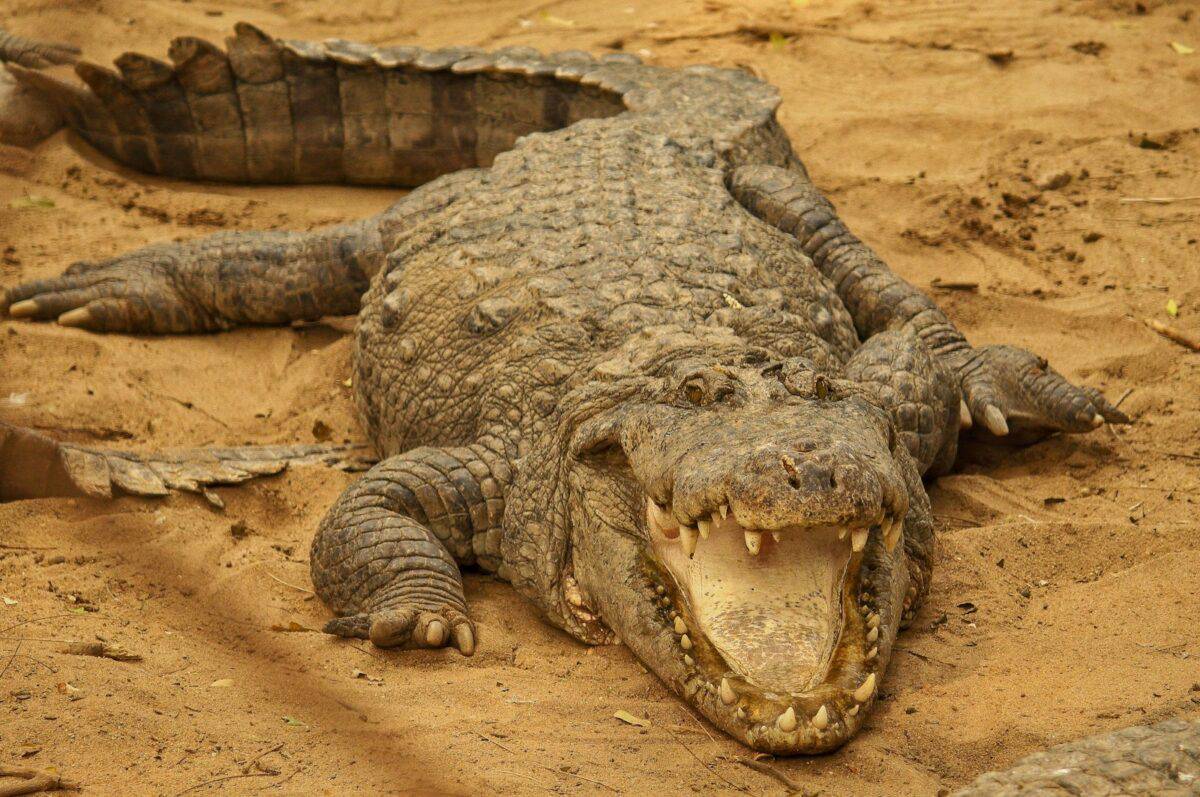
Perhaps the most iconic examples of Irwin’s daring came through his numerous encounters with saltwater crocodiles, some of the most dangerous predators on earth. In the early 1990s, Irwin developed a revolutionary capture technique that minimized stress on the animals. Rather than using harmful traps or sedation, he would physically jump on crocodiles, wrestling them into submission before relocating them to safer habitats.
One particularly harrowing incident occurred in 1997 when Irwin captured a 12-foot crocodile that had been threatening local fishermen. Despite being outweighed by nearly 1,000 pounds, he fearlessly entered murky waters, located the massive reptile, and successfully secured it with nothing more than rope and his bare hands. The relocation saved not only potential human victims but also the crocodile, which would likely have been killed otherwise. This approach became the standard for humane crocodile management throughout Australia.
Face-to-Face with the World’s Deadliest Snakes

Irwin routinely handled some of the planet’s most venomous snakes without protective equipment beyond his knowledge and quick reflexes. His encounters with inland taipans—considered the most venomous land snake on Earth—demonstrated his exceptional skill and commitment to education. During a particularly tense 2001 documentary filming, Irwin carefully extracted a taipan from its burrow to document its behavior, knowing that a single bite contained enough venom to kill 100 adults.
In another incident, Irwin was bitten by a python during a live demonstration. Though non-venomous, the bite was deep and painful. Rather than ending the demonstration, he calmly continued educating the audience about the snake’s defensive behavior while blood ran down his arm. His priority remained on ensuring the audience understood that the snake wasn’t “bad” or “evil” but merely protecting itself—a perfect example of how he transformed potentially frightening animal encounters into educational moments.
Diving with Sharks Without Cage Protection
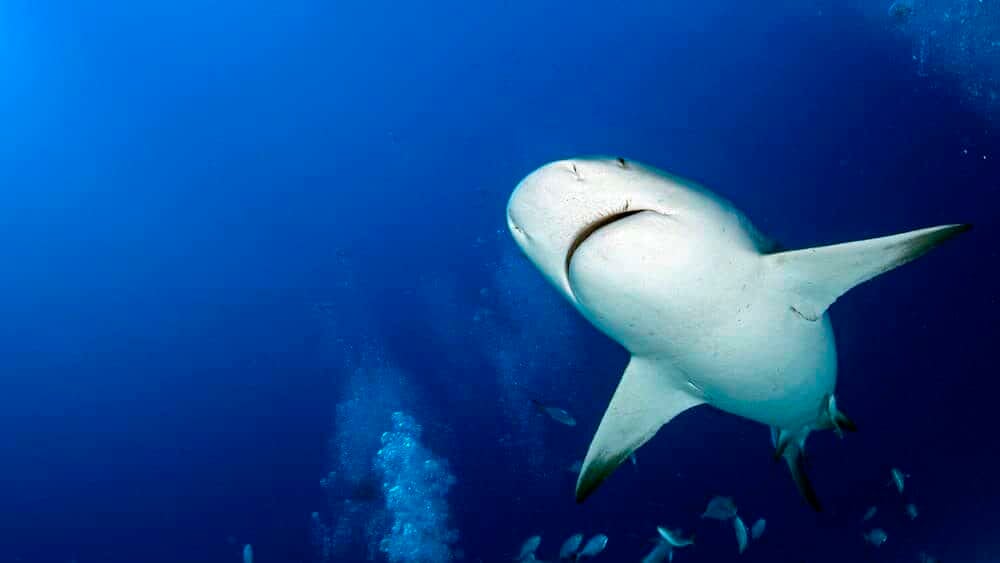
Unlike most shark researchers who rely on protective cages, Irwin frequently swam openly with various shark species to demonstrate their true nature beyond the “man-eater” stereotype. In 2003, he completed a series of dives with bull sharks, considered among the most aggressive shark species, with minimal protective gear. His purpose was to show that even these powerful predators weren’t mindless killing machines but sophisticated animals that could be approached with proper understanding.
During filming for “Ocean’s Deadliest” in 2006, Irwin entered waters known to harbor tiger sharks without a cage or protective chainmail suit. He believed that showing himself peacefully coexisting with these misunderstood predators would help change public perception and reduce support for shark culling programs. This approach was revolutionary at the time, helping shift conservation narratives away from fear and toward respect for these essential ocean predators.
Rescuing Animals During the 2002 Australian Bushfires

When devastating bushfires swept through parts of Queensland in 2002, Irwin led a team directly into burning areas to rescue trapped wildlife. Without formal firefighting training, he navigated dangerous fire lines to save koalas, possums, and other native species that would have otherwise perished. His team established makeshift triage centers at the fire edges, providing immediate care before transporting animals to Australia Zoo’s wildlife hospital.
One particularly dangerous rescue involved Irwin climbing a partially burning eucalyptus tree to retrieve a mother koala and her joey. With flames approaching rapidly and the tree’s stability compromised, he managed to secure both animals and descend just moments before the tree collapsed. This rescue exemplified his willingness to put himself in immediate physical danger when animal lives were at stake, regardless of whether cameras were rolling.
Confronting Illegal Wildlife Poachers

Less publicized but perhaps more dangerous than his animal encounters were Irwin’s confrontations with illegal wildlife poachers. In the late 1990s, he funded and personally participated in anti-poaching patrols in remote areas of Australia and Southeast Asia. These operations put him in direct conflict with well-armed individuals who saw wildlife as commodities rather than living creatures deserving protection.
During a 2004 expedition in Indonesia, Irwin and his team discovered an illegal operation capturing Komodo dragons for the exotic pet trade. Rather than simply reporting the activity, Irwin documented the operation on camera while confronting the poachers directly. This dangerous intervention led to arrests and helped dismantle a trafficking network, though it also resulted in threats against his life. Unlike his animal encounters where he understood the risks, confronting desperate and armed humans represented unpredictable danger that Irwin willingly accepted for his conservation mission.
Swimming with Potentially Lethal Box Jellyfish

The waters of northern Australia harbor some of the world’s most venomous marine creatures, including the box jellyfish whose sting can cause death within minutes. In 2000, during a documentary about Australia’s deadliest marine life, Irwin entered waters known to contain these lethal creatures. While taking precautions with protective clothing, the risk remained substantial, as even small amounts of exposed skin could mean a fatal encounter.
Irwin’s purpose was to document the jellyfish’s movement patterns and behavior to better understand how to prevent human fatalities. During filming, he experienced a minor sting that, while painful, allowed him to demonstrate proper first aid techniques on camera. This educational moment potentially saved lives by showing proper treatment protocols, though it came at significant personal risk. His willingness to enter these dangerous waters demonstrated his belief that education about these animals was worth the potential consequences to his own safety.
Rescuing a Trapped Elephant in Southeast Asia
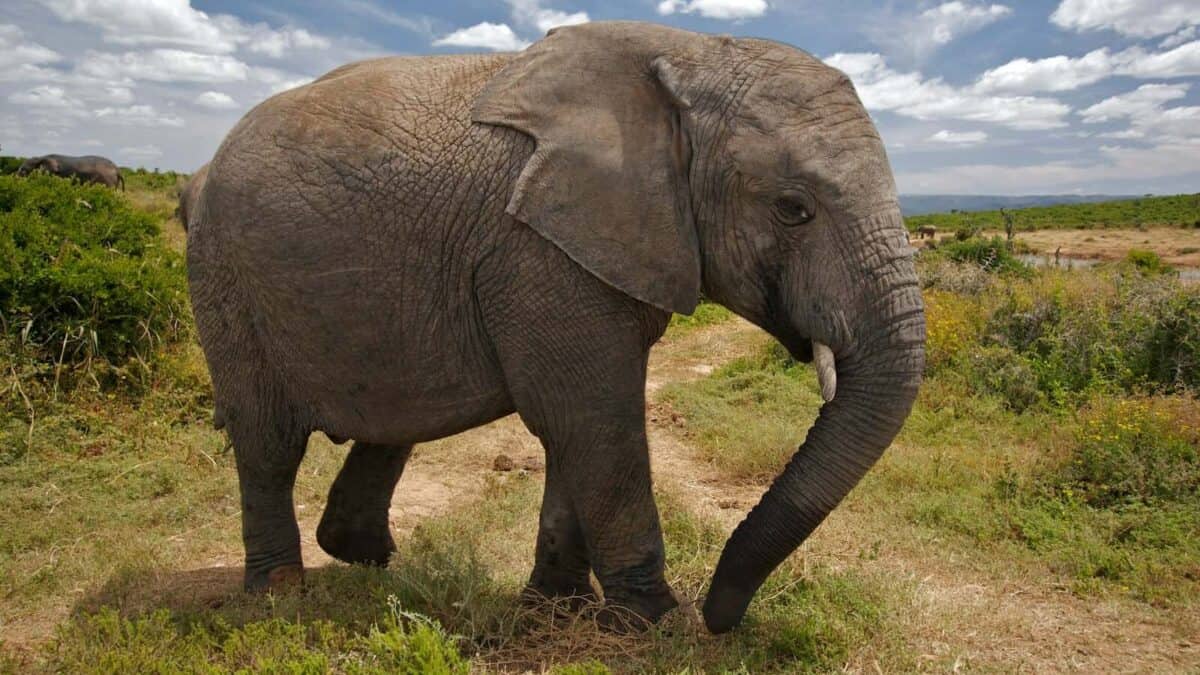
In 2004, Irwin traveled to a remote village in Thailand after hearing about an elephant caught in an illegal trap. The massive animal had been snared by a poacher’s wire that was cutting deeply into its leg. Rather than waiting for local authorities, Irwin assembled a team and approached the frightened and injured elephant, which posed tremendous danger given its size, strength, and agitated state. A single defensive movement from the elephant could have been fatal.
Irwin slowly gained the animal’s trust through careful movements and soothing speech, eventually getting close enough to tranquilize it for treatment. He personally assisted the veterinarian in removing the wire and treating the wound, staying with the elephant through its recovery. This intervention not only saved the individual elephant but also brought international attention to the poaching issues facing Asian elephants. The incident demonstrated Irwin’s willingness to put himself between endangered animals and those who would harm them, regardless of the personal risk.
Entering Territory of Aggressive Territorial Cassowaries
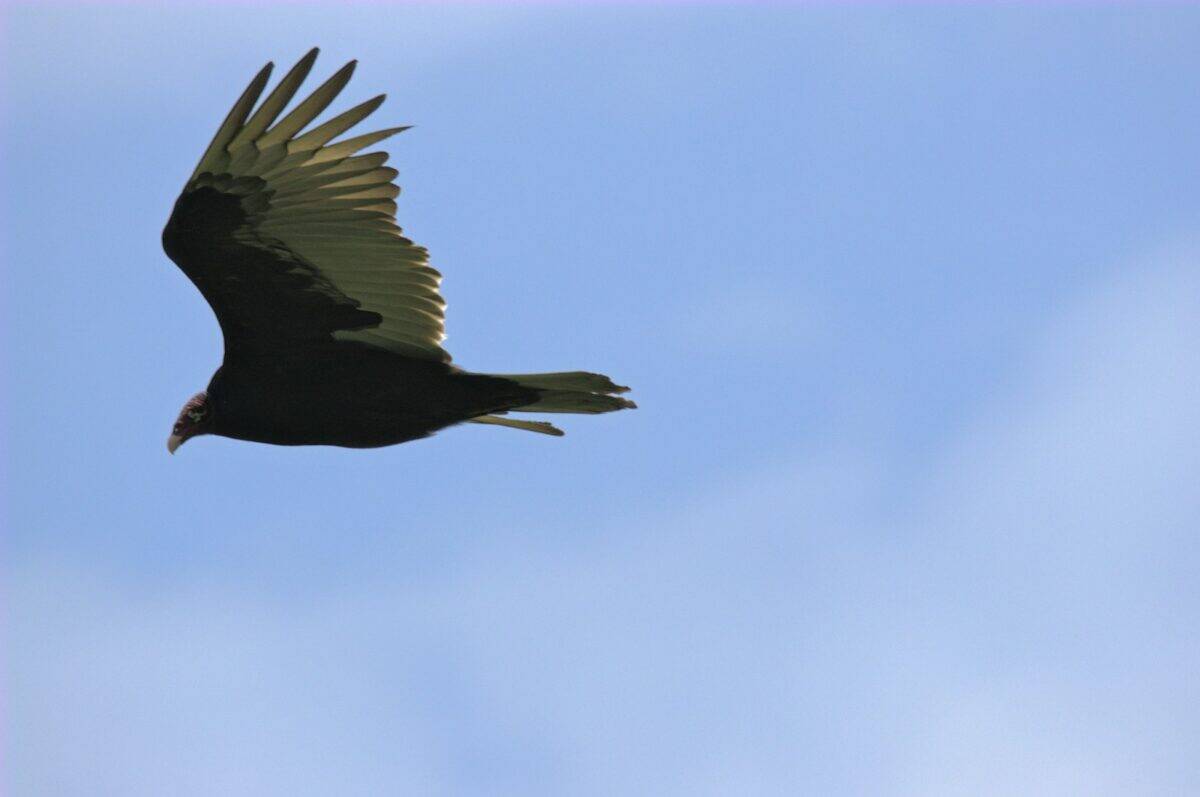
The cassowary, a flightless bird native to Australia’s rainforests, is considered one of the world’s most dangerous birds. With powerful legs capable of delivering potentially fatal kicks using their 5-inch dagger-like claws, cassowaries have been known to seriously injure or kill humans who threaten them. In the early 2000s, Irwin tracked a particularly aggressive male cassowary through dense rainforest to document its behavior during breeding season—when these birds are at their most territorial and dangerous.
During this expedition, Irwin deliberately placed himself between the cassowary and his camera crew when the bird showed signs of charging. The massive bird, standing nearly 6 feet tall, performed threatening displays just feet from Irwin. Rather than retreating, he maintained his position while calmly narrating the bird’s behavior for the documentary. This encounter showcased his understanding of animal behavior and his willingness to use himself as a buffer between dangerous animals and others, absorbing the risk personally while creating educational content about these misunderstood creatures.
Handling Black Mambas in Africa

During a 2005 conservation expedition in Africa, Irwin demonstrated extraordinary courage by handling black mambas—among the fastest and most aggressive venomous snakes in the world. Unlike his familiar Australian species, these snakes represented new behavioral challenges and risks. When a black mamba was discovered near a village school, Irwin chose to capture and relocate it himself rather than allowing locals to kill it, as was common practice.
With minimal protective equipment and working in unfamiliar terrain, Irwin successfully captured the snake using only a forked stick and his bare hands. The snake struck repeatedly during the capture, missing him by mere inches each time. His successful relocation not only saved the individual snake but became an educational opportunity for local children, showing them that coexistence with these animals was possible. This willingness to handle unfamiliar dangerous species in service of both conservation and education exemplified his philosophy that all animals deserved protection, even those most feared by humans.
Navigating Crocodile-Infested Waters During Flooding

In 1998, unprecedented flooding in Queensland created a dangerous situation where saltwater crocodiles were displaced into populated areas. While authorities advised residents to stay away from floodwaters, Irwin did the opposite—he entered the murky, debris-filled waters to locate and secure crocodiles before they could come into conflict with humans. This meant swimming and wading through waters where visibility was near zero, with multiple large predators potentially within striking distance.
During one particularly dangerous rescue, Irwin tracked a 13-foot crocodile that had moved into a flooded residential area. Working in chest-deep water with no visibility, he located the animal by feel alone, a technique that put him at tremendous risk of attack from behind or below. Despite the danger, he successfully captured and relocated seven crocodiles during this flood event, preventing potential human fatalities while ensuring the crocodiles weren’t killed out of fear. This mission exemplified his willingness to place himself in extraordinary danger to protect both humans and the animals that most people considered monsters.
Surviving the Near-Fatal “Graham” Encounter

Perhaps the closest Irwin came to death before his fatal stingray encounter was with a crocodile he named “Graham” in 2004. During an attempted capture for relocation, the massive crocodile suddenly changed tactics and charged directly at Irwin rather than retreating into deeper water as expected. In the shallow mud, Irwin lost his footing at the critical moment, falling directly in the crocodile’s path. With the animal’s jaws opening just feet away, he managed a desperate lunge to the side, narrowly avoiding the potentially fatal bite.
Rather than abandoning the capture after this near-miss, Irwin regrouped and successfully secured the animal minutes later. What made this incident remarkable was not just the close call, but Irwin’s immediate analysis of what went wrong. On camera, still breathing heavily from the encounter, he explained that the mistake was entirely his—he had misread the animal’s body language and positioning. Even in moments of extreme personal danger, his focus remained on understanding the animal rather than blaming it for behaving according to its nature. This incident demonstrated the genuine risks he took daily and his unwavering respect for the animals, even those that nearly killed him.
Conclusion: The Lasting Legacy of Steve Irwin’s Courage
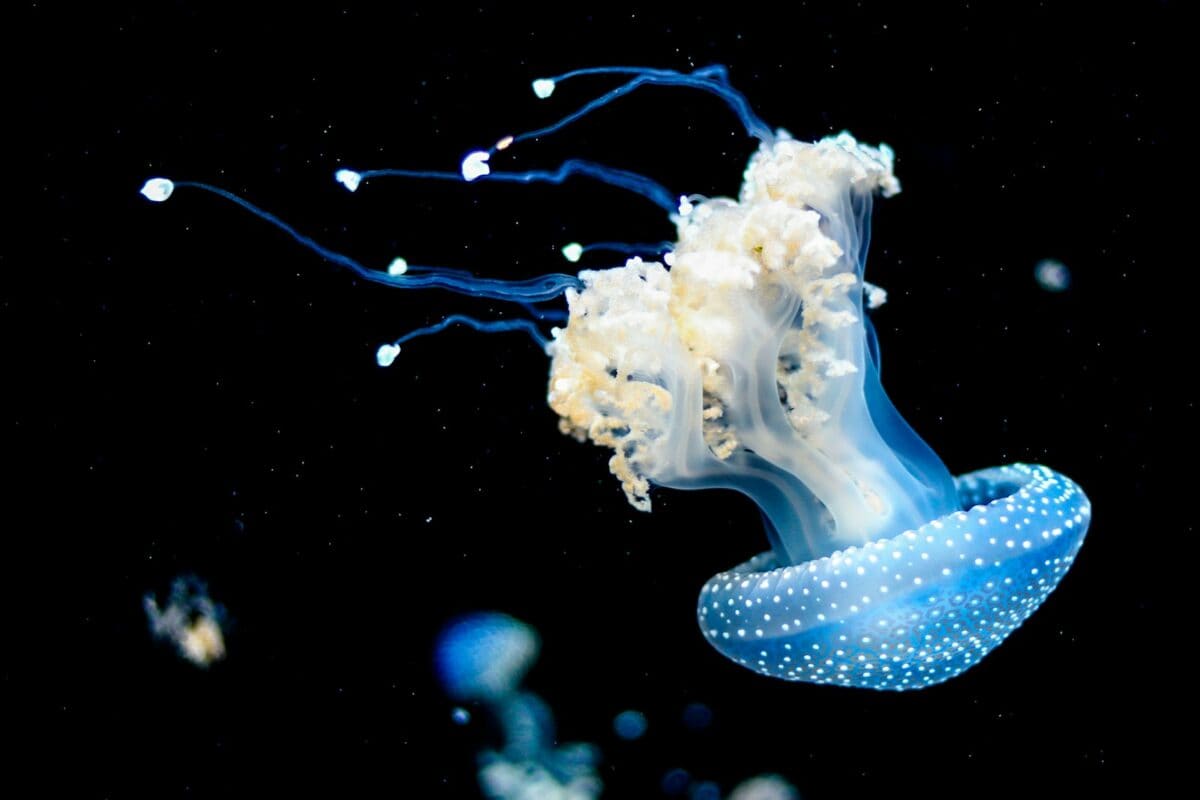
Steve Irwin’s willingness to risk his life for animals reflected more than just bravery—it demonstrated his fundamental belief that all creatures deserved protection and understanding, regardless of how dangerous or feared they might be. His approach revolutionized wildlife conservation by making it accessible and engaging to audiences worldwide, inspiring generations of conservationists who continue his work today. Through the Australia Zoo Wildlife Hospital and Wildlife Warriors organization, thousands of animals receive care annually thanks to the foundation he built.
His daughter Bindi and son Robert have carried forward their father’s legacy, approaching conservation with the same passion if not the same extreme risk-taking. The conservation areas protected through his efforts span over 90,000 acres across Australia, Indonesia, and the United States, creating safe havens for countless species. While his methods sometimes generated controversy among traditional conservationists, the awareness and funding he generated for wildlife causes is undeniable. Steve Irwin’s ultimate sacrifice in 2006, dying while filming a marine documentary, stands as the final example of a life lived on the edge in service of the animals and wild places he loved so deeply.
- 10 Times Steve Irwin Risked It All for Animals - August 10, 2025
- The Top 11 Weirdest Looking Creatures Found in the Deep Sea - August 10, 2025
- 7 Animals You Did not Know Could Be Found in Your Backyard - August 10, 2025

